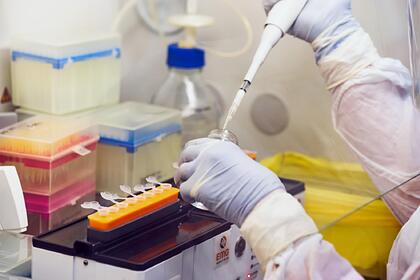Biologist Baranova: mutations of the omicron strain of the coronavirus can help it deceive antibodies 
The main danger of the omicron strain of coronavirus is a large number of mutations in those parts to which antibodies produced by the human body are usually attached. This can lead to the fact that the immunity already formed against other strains will not be effective against the omicron. Ancha Baranova, Doctor of Biological Sciences, Professor at the School of Systems Biology at George Mason University (Virginia, USA), told Lente.ru about this.
In the virus sequence, there are concerns about the places where mutations have occurred. Here is the S-protein of the coronavirus (thorn). It has a receptor-binding domain (RBD), through which the virus enters the human cell. It’s such a lump that sticks out on the S-protein, and neutralizing antibodies cling to it. So there are ten mutations on this piece. That is, there are quite a few safe places where antibodies could pick up, the main sites for antibodies are knocked out, they simply do not exist
Ancha Baranovabiologist
The biologist noted that patients with the omicron strain who were hospitalized in Hong Kong have already been fully vaccinated. This may indicate that the immunity formed by the old vaccines will be ineffective against the omicron.
“It turns out that antibodies cannot reliably recognize the S-protein, which means they cannot stick around the virus and neutralize it. And this is the biggest danger, especially since we already know that people who fell ill with omicron in Hong Kong have been fully vaccinated, “Baranova said.
The coronavirus strain under the code B.1.1.529 was identified in South Africa 11th of November. The World Health Organization (WHO) recognized it as dangerous and warned those who had already been ill with COVID-19 about the possible infection of the omicron.
The Sputnik V vaccine developers said that the study of the effectiveness of the drug against the omicron strain would take about three weeks, and mass production of the adapted booster dose can begin in mid-February 2022.